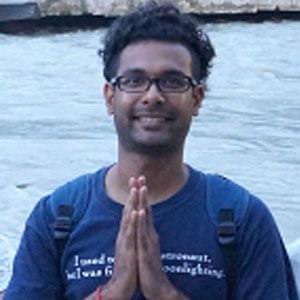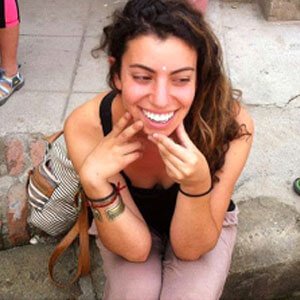 Wellness
Wellness
500-Hour Yoga Teacher Training In Bali
If you're looking to advance your yoga teaching skills to the highest level, the 500 hour yoga teacher training in Bali is the perfect option. The training is designed for those who want to deepen their knowledge and skills in yoga teaching. It is a combination of 200 and 300 hour yoga TTC in Bali. It includes advanced practices of asana, pranayama, and meditation, as well as advanced teachings of yoga philosophy, anatomy, and teaching methodology.
You'll also have the opportunity to explore specific styles of yoga, such as Yin or Kundalini, and develop your teaching skills through our theoretical and practical sessions. Throughout your training, you'll enjoy daily yoga classes, workshops, and excursions to explore Bali. You'll stay in comfortable accommodation and enjoy delicious vegetarian meals.
































